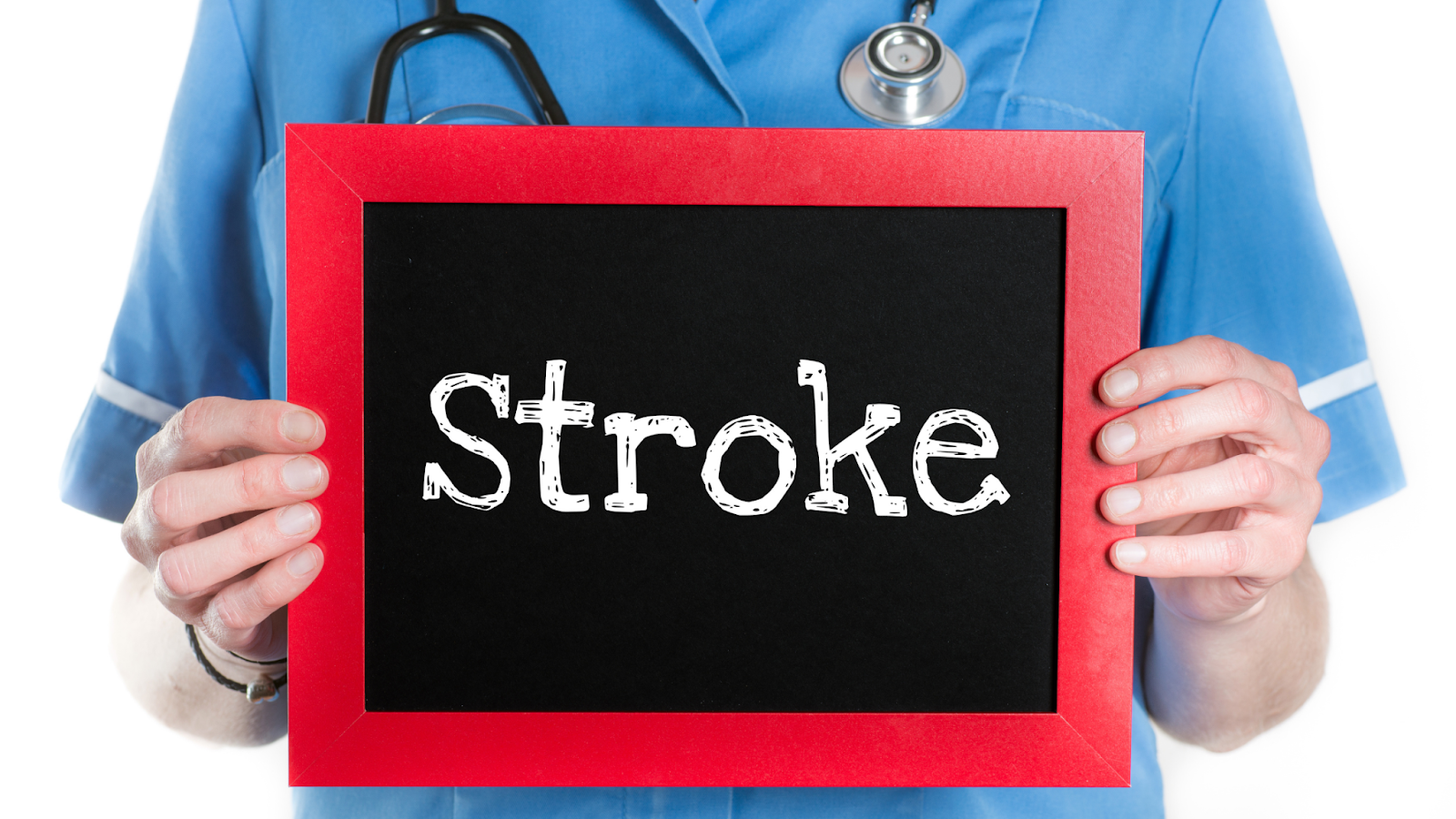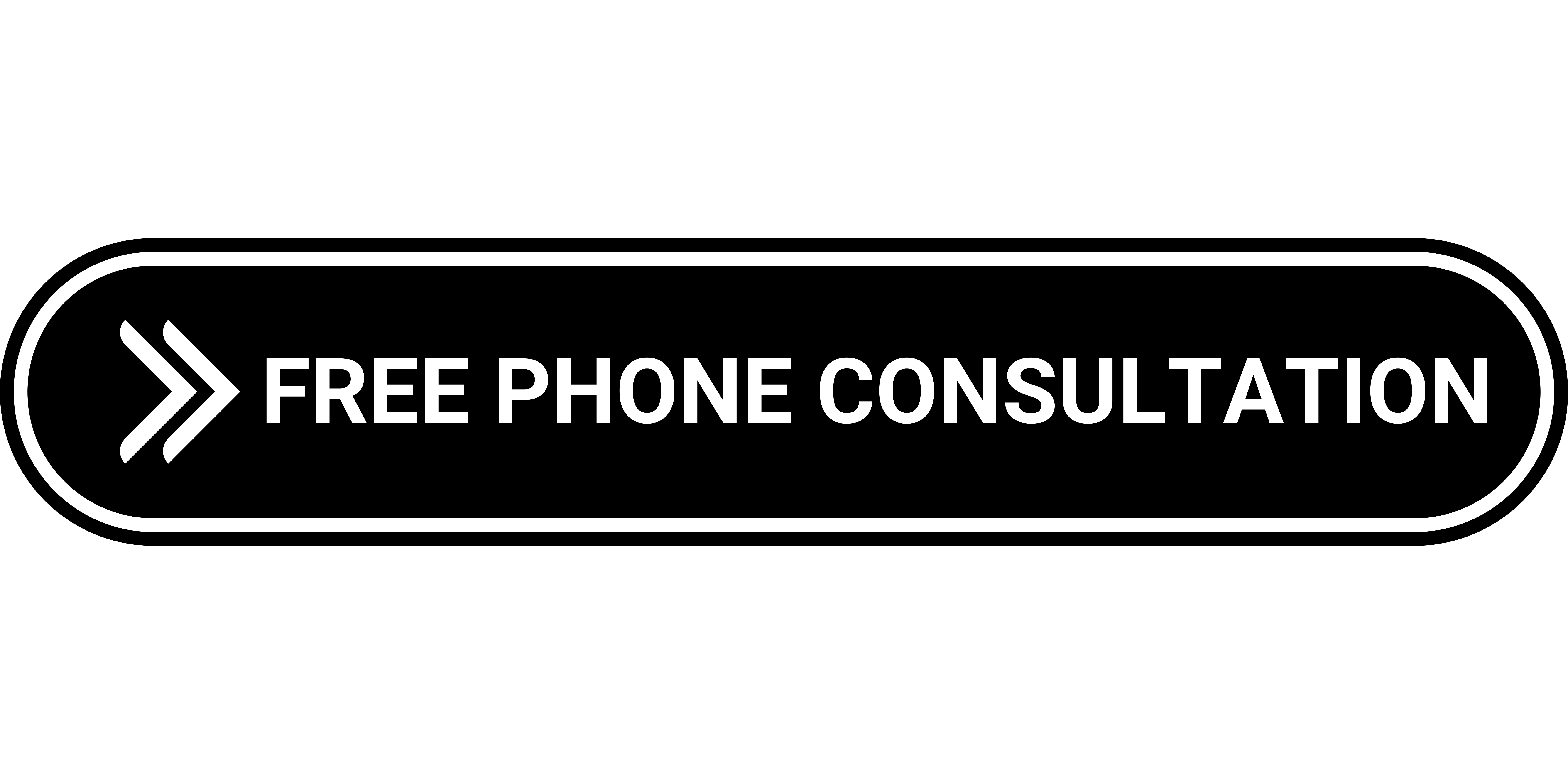How Can Neurofeedback Speed Up Stroke Recovery

Neurofeedback as a means to rehabilitate a brain after a major event to the organism originated in the 1960s. This is when it was discovered that brainwave patterns can be changed through the use of electrodes placed on the patient’s scalp and earlobes. Essentially, neurofeedback at its core is a type of brainwave biofeedback. Through the aforementioned electrodes, high-tech equipment records real-time audio-visual feedback about a patient’s brainwave activity. Similar to a doctor using a stethoscope during a heart checkup, the activity is transmitted through the skin surface. What is interesting about this type of intervention is that it allows you to develop the ability to influence and even modify your brainwave patterns by being able to see them on a computer screen even if just for a few thousandths of a second. Due to its non-invasive nature, neurofeedback has been over the years the desired method for a variety of afflictions, from ADD/ADHD and learning disabilities to head injuries and even stroke recovery. This article will focus on the latter and it will discuss why neurofeedback therapy should be considered for patients recovering from a stroke. Different treatments based on this type of therapy will be presented and examples will be given to showcase the therapy’s effectiveness.
Why Use Neurofeedback in Stroke Recovery?
The advances in medicine, technology, and in the overall living conditions that we all cherish have meant that the average lifespan has increased significantly compared to the last century. This is undoubtedly a good thing, however, the increased life expectancy has also caused a rise in the number of people suffering from stroke every year. This figure currently stands at 15 million people worldwide. Of these, 5 million do not recover and another 5 million develop chronic disabilities such as the impairment of cognitive, sensory, and motor functions. In such cases, neurofeedback therapy can prove effective because:
- It is non-invasive
- The cost is relatively low
- It has a proven track record of contributing to neuroplasticity and behavioral performance
Real-Time Functional Magnetic Resonance Imaging
Sure, it sounds complicated but it all comes down to the use of blood-oxygenation level-dependent signals to present instant feedback to the patient and enable the modulation of brain activity. With a much higher spatial resolution than an EEG, the functional magnetic resonance imaging technique (rt-fMRI) allows for a clearer depiction of both cortical and subcortical target regions. As a result, it can prove to be of great importance in treating the disrupted brain functions in stroke survivors. Research to date has indeed proven that the rt-fMRI neurofeedback technique has found its niche in speeding up the stroke recovery process. This is in part due to its permissive nature of allowing the patient to self-regulate their brain activity. Moreover, as brain signals are derived at a high spatial resolution, stroke induced behavioral deficits are visibly reduced.
Neurofeedback Training With a Focus On Memory
Studies have shown that approximately two-thirds of stroke patients develop cognitive impairment following the event. This can include failures in executive functions, memory, language, and global cognitive processes.
Traditional cognitive rehabilitation methods can prove effective in the recovery of the above mentioned stroke induced afflictions, but they are not without their drawbacks. For example, they are dependent on somewhat complex verbal instructions; they employ similar tasks for reporting both training and evaluation outcomes and, more importantly, they rely on accurate responses from patients. This is where the accuracy of EEG neurofeedback therapy can come into place. This type of neurofeedback training has been noted to accelerate the functional reorganization of the brain following a stroke, thus proving its effectiveness in cognitive rehabilitation. To be a bit more specific, two neurofeedback training protocols have shown promise in successfully strengthening memory functions of stroke patients. These are the sensorimotor rhythm (SMR) and the Upper Alpha (UA).Both protocols have proven to be even stronger than traditional cognitive rehabilitation methods and have diminished the memory deficits in stroke patients. This coupled with the treatment’s easy to use cognitive rehabilitation tools, points to a very promising alternative for patients desiring more financially friendly treatments with strong long term results.
Lessons Learned So Far
Neurofeedback therapy, as this article has shown, is not necessarily a particularly new method in treating brain-related afflictions. What is different nowadays is the availability of such treatments. As mentioned previously, neurofeedback therapy is relatively low cost due to it being non-invasive. Its user-friendly interface encourages patient participation and with results showing on clear intuitive screens, it provides instant feedback. These aspects combined with the promising results from both rt-fMRI and EEG-based neurofeedback training can only strengthen their use in patients recovering from a stroke. Schedule a free phone consultation to find out how neurofeedback can be a part of your recovery process.




